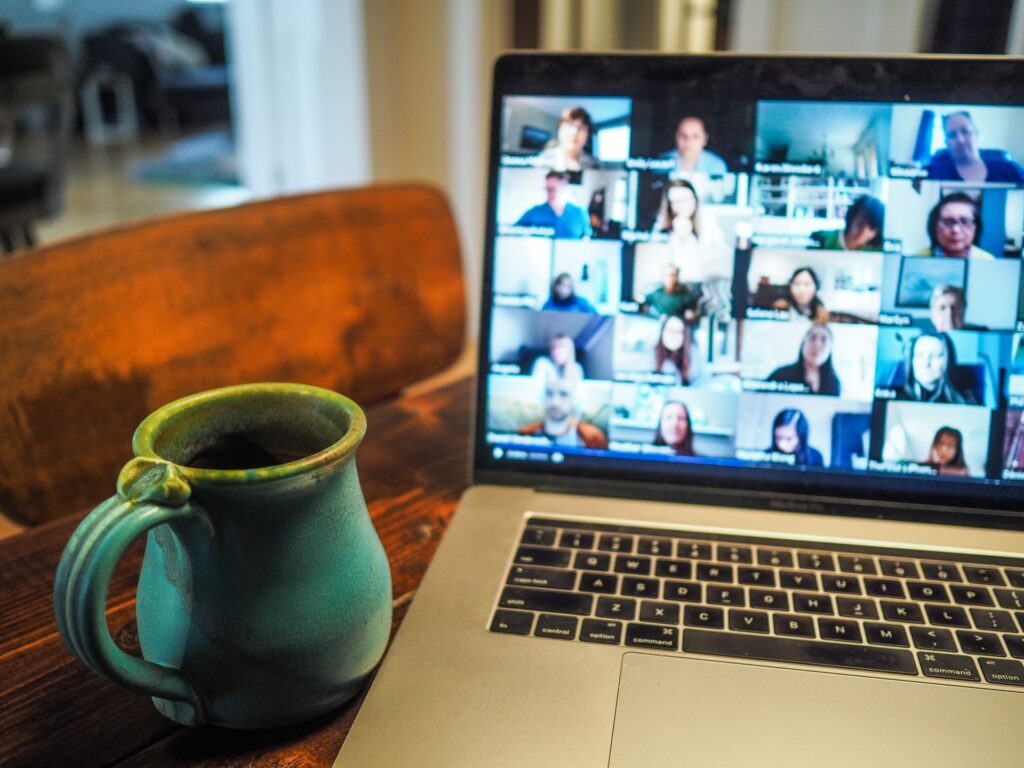Many organizations are eager to put the pandemic behind them and get people back into the office. On the other hand, many workers are in no rush and are advocating for a permanent work-from-home future. Until recently, it looked like the bosses had the upper hand as companies including JP Morgan Chase and Apple announced that they would be bringing everyone back to the office before the end of this year.
Those high profile announcements notwithstanding, the future of work — in the office or remote — looks anything but clear. The combination of COVID’s recent resurgence (thank you delta variant) and the fact that employees have now had a taste of a commute-less future means that remote work — at least to some degree — is here to stay.
For some, this will be the new reality. For most, however, it looks to be part of a new hybrid-work future in which some work is done in the office, and some performed remotely. Entirely new categories of technology are even popping up to help organizations manage this new hybrid work model.
Still, even this hybrid approach — which is really just a mix of the old and new realities — may be missing the mark. Rather than attempting to bolt two realities together, organizations should be exploring fresh approaches that reimagine the way we work altogether.
But first, you’ll need to break through the dogma of both WFH (work from home) and return to the office. When you do, you may be surprised to find that working remotely may NOT mean working from home at all.
The Problem with WFH Visions
When the pandemic first hit, many people, myself included, predicted that this sudden shift in work location would change the game forever. I (and others) called it the greatest work from home experiment the world had ever seen.
And it (mostly) worked.
Despite rampant concerns about everything from security and network infrastructure to productivity and the loss of culture, most organizations chugged right along without missing too many steps. To be sure, there was a bit of an adjustment and some heroic efforts to rapidly build infrastructure. Still, on the whole, organizations not only survived sending their knowledge workers home, but many of them thrived.
And on the employee side, there was a lot of good as well. After sorting out childcare challenges and cats wandering through the Zoom meeting, many workers adapted and embraced a more balanced life that skipped the commute.

Still, working from home has taken its own toll. Work hours have increased and, while many people may love the idea of working from home, it’s also mentally taxing as you must fight to maintain high enough levels of focus and productivity.
Cal Newport, Georgetown University professor and author of Deep Work, examined this focus and productivity challenge in a recent article for The New Yorker. “The home is filled with the familiar, and the familiar snares our attention, destabilizing the subtle neuronal dance required to think clearly,” he explained. “When we pass the laundry basket outside our home office (a.k.a. our bedroom), our brain shifts toward a household-chores context, even when we would like to maintain focus on our e-mail, or an upcoming Zoom meeting, or whatever else that needs to get done.”
It’s for this reason, Newport goes on to explain, that authors (who have long worked from home) go to extremes to remove distractions from their environments.
So, despite the joys of better balance and time freed up by not having a commute, are the bosses correct that we should return to the office?
The Problem with Returning to the Office
Predictably, at the first sign of light at the end of the pandemic tunnel, many organizations signaled that it would soon be time to return to the office.
And, as I predicted at the very beginning of all of this, these executives seem to think that it will be a simple return to normal. Offices were cleaned. Notices were sent to employees, and the path was made clear.
In fairness, the need to create focus — a place free of the distractions of the rest of our lives — explains a lot about why we have historically trudged our way to offices in the first place. And it’s why so many corporate executives from Apple’s Tim Cook to JPMC’s Jamie Dimon are demanding that workers return.
But while I admire and respect these industry leaders, I think they’re smokin’ it.
First, as we’ve explored, many workers have tasted a new way of working. And while some just can’t wait to get back to the office, there are just as many (if not many more) who have spent the last year and a half adapting, building workspaces, and enjoying a better-balanced quality of life.
This situation leads us to the second reason that a return to an office-focused normal is a pipe dream: it’s the employees that are now in the driver’s seat.
The fight for talent defines today’s enterprise.
Disconnecting work — particularly in jobs with the most significant demand — from a geographic location enables organizations to compete for talent more broadly and effectively — and retain the key workers they already employ. Moreover, allowing knowledge workers to work when and how they perform best is a classic win-win for the organization.
And the one thing the pandemic showed us was that a loss of productivity when working remotely was a myth. Speaking of myths, the other one that’s being pedaled is that organizations must bring employees back to improve innovation and creativity. But recent research is showing this to be false as well.
In the end, arbitrarily forcing everyone back to the office will have the opposite of the intended effect.

The Intellyx Take: The Work From (Near) Home Future?
If you’re following along, you’ll notice a dilemma. Working from home has some good qualities, but can be mentally taxing as you fight to maintain productivity. But returning to the office isn’t what employees want either — and the fight for talent is now a critical issue.
So what’s the answer? We need to change the way we’re looking at how and where we work in the first place.
And the answer may be something similar to what Cal Newport calls work from near home (or WFNH). “Many workers won’t be returning to an office anytime soon, but having them relocate their efforts entirely to their homes for the long run might be unexpectedly misery-inducing and unproductive,” he says. “We need to consider a third option for our current moment, and if we look to authors for inspiration then one such alternative emerges: work from near home.”
The idea is that workers should rent small spaces near their homes or use co-working spaces to gain the benefits of working remotely and avoid its pitfalls. He goes on to suggest that organizations should go so far as to subsidize these “cognitive escapes.”
While I wholeheartedly agree with this re-envisioning of work, I’d even go one step further. Organizations should encourage employees to create small work cooperatives or co-working cohorts. These small working groups could be made up of people who work from the same organization or, perhaps even better, those who don’t.
It could be as simple as creating a working group in an established co-working space, or it could be a cohort that rents a small workspace together (with shared subsidies, of course). The idea will be to create a space free of personal distractions, but also one that engenders engagement and camaraderie.
In its best incarnation, it may even spawn the so-called Medici Effect, in which this group of people, who are otherwise unconnected, feed off one another’s ideas, unleashing creativity and productivity as a result.
The result could be a reimagined future of work that is better for everyone — if only organizations are willing to embrace an entirely new way of working.
© 2021, Intellyx, LLC. Intellyx publishes the weekly Cortex and Brain Candy newsletters, and advises business leaders and technology vendors on their digital transformation strategies. Intellyx retains editorial control over the content of this document. At the time of writing, none of the companies mentioned in this article are Intellyx customers. Image credits: Chris Montgomery and Shridhar Gupta.



